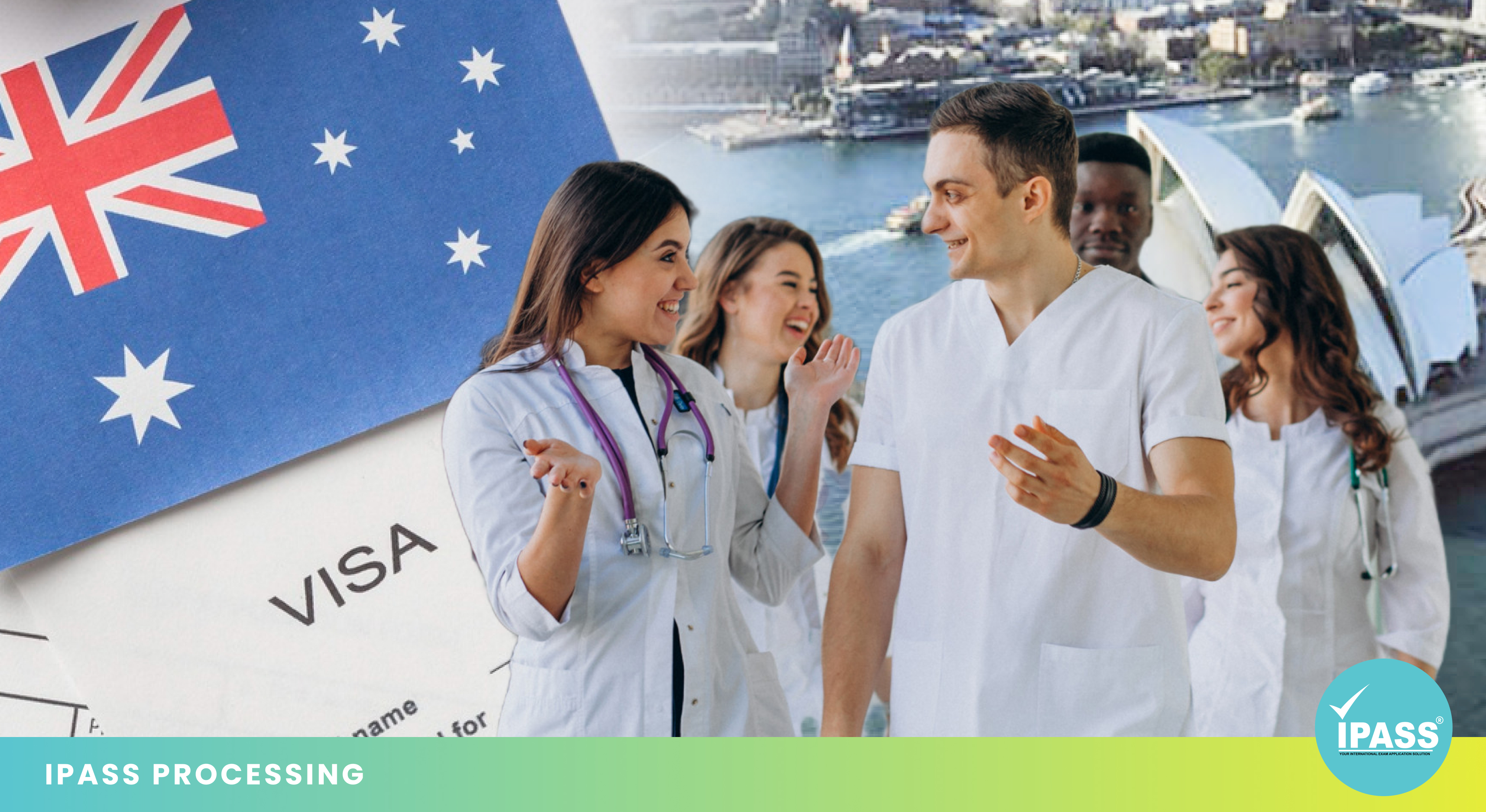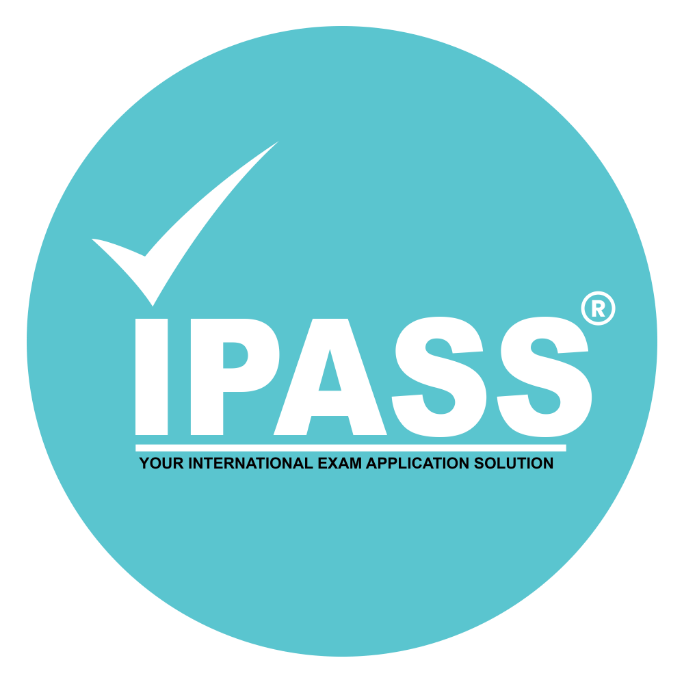Your cart is currently empty!

Stay Informed: Latest Australian Student Visa 2023 Updates
According to data from the Australian Department of Education, Australia remains a premier choice for international students in 2023. From January to June, a staggering 622,032 international students pursued their studies in Australia.
China took the lead as the top contributor, with 133,024 students. It is followed by India, Nepal, Colombia, and the Philippines, rounding out the top five positions. Furthermore, this article will discuss the recent and upcoming changes to the Australian Student Visa.
Changes in Australian Student Visa Requirements
The Australian student visa requirements will undergo several significant changes starting July 1, 2023. However, one notable aspect that has remained unchanged since 2019 is the financial requirement and working hours limitation. Nevertheless, the Australian Government has made significant requirement updates to address the rising cost of living, inflation, and the absence of COVID-19.
Financial Requirements
The required “show money” amount for an Australian Student Visa application varies depending on the course duration. Moreover, it’s always a standard requirement to ensure that international students have the financial means to support themselves while studying in Australia. In addition, it is only necessary to show the amount needed for one year, regardless of the span of the course.
The Australian Government has increased the savings requirement for international student visa applicants. Beginning October 1, 2023, applicants must show at least AUD 24,505 in savings for their annual living expenses. If you apply for a new license on or after October 1, 2023, you must provide evidence of the financial capacity requirements. However, the new requirements will not apply to you if you apply before this date.
Working Hours Limitations
Last July 1, 2023, student visa work restrictions were reinstated. They limited the working hours to 48 per two weeks or 24 hours weekly. However, this work limit does not apply if:
• You hold a student visa for a master’s or doctoral degree and have commenced your research studies.
• You engage in work specified as a course requirement. Educational institutions include these course details in the Commonwealth Register of Institutions and Courses for Overseas Students (CRICOS).
Starting July 1, employees not covered by an award or registered agreement will follow the national minimum wage. In addition, the minimum wage will be AU$ 23.23/hour or AU$ 1115 every two weeks for those restricted by the visa working hour limit.
Australian Student Visa Application Process
Applying for an Australian Student Visa enables you to pursue your educational and career dreams in a prestigious study destination. Australia is a famous study destination for international students due to several reasons. For instance, the Land Down Under offers diverse, high-quality educational institutions and a multicultural environment.
You should follow our Australian Student Visa application process to begin this journey. First, you should secure admission to an authorized Australian educational institution. Afterward, gather your essential documents, such as a valid passport, financial proof, health insurance, English proficiency scores, etc.
Once all your documents are submitted, the Department of Home Affairs will start the visa application process. Typically, the student visa processing time in Australia is within a month, but it can take up to three months at maximum. Due to the streamlined student visa framework (SSVF) process, the standard processing time is now 4 to 6 weeks.
If you opt for paper communication, the Australian Government will notify you regarding the approval status of your visa application, either electronically or through courier services. If approved, this notification will include all your Student Visa details and Visa Conditions.
A tourist visa suffices for short programs, such as language courses lasting up to 12 weeks. However, you must apply for a student visa for university studies and more extended programs.
Australian Student Visa Requirements (Subclass 500)
The Australian student visa system consists of eight subclasses, but our primary focus is Subclass 500. You will generally need the following primary documents while applying for an Australian Student Visa:
1. Electronic Confirmation of Enrollment
Before applying for a student visa, it is crucial to ensure your enrollment at an accredited university or educational institution. This essential step in the application process validates your eligibility and sets the foundation for your academic journey in Australia.
2. Valid Passport
Ensuring your passport’s validity for at least six months beyond your intended visit to Australia is crucial. This requirement serves to confirm your identity and nationality for international travel. Additionally, prior visas aid authorities in assessing your travel history to other nations.
3. Student Visa Application Fee
Effective July 1, 2023, the Australian Home Affairs has increased the primary holder’s Student Visa Application fee from AUD 650 to AUD 710.
Additional fees are added if:
• You include an additional applicant who is 18 years old and above in the same student visa application. Please note that the extra applicant has an associated fee of AUD 530.
• You include an additional applicant under 18 years old in the same student visa application. There will be an additional fee of AUD 175 for the extra applicant.
• If the primary or secondary holder has held a visa in Australia, a subsequent additional application fee of AUD 700 per applicant may apply.
4. GTE Statement
All individuals applying for a student visa to Australia must provide proof of their intention to reside temporarily and pursue a quality education. This assessment is known as the genuine temporary entrant (GTE) statement. Moreover, the GTE requirement ensures students refrain from using the student visa program to seek permanent residency.
5. Academic and Work Experience Documents
Your employment history can be substantiated through payslips or a contract, mainly if you are employed or have recently. Additionally, you can include your most up-to-date curriculum vitae or résumé for higher chances of getting an Australian student visa. Moreover, it should comprehensively detail your past five years of employment and educational endeavors.
If your recent focus has been on academic pursuits, feel free to enclose copies of your transcripts. You do not need to provide this documentation if you are sponsored by the following:
1. Department of Foreign Affairs and Trade
2. Department of Defense
3. Or if you happen to be a secondary exchange student
6. Evidence of Financial Capacity
Applicants must show proof of funds of at least AUD 24,505 to apply for an Australian student visa. This sum should cover living expenses and one year of tuition fees. Moreover, it also includes airfare and health coverage.
You are required to provide one of the following:
• You must prove you have enough funds to cover 12 months of living costs, including travel expenses and tuition fees. If you have dependents, you must include school-related expenses for dependent children.
OR
• Your proof should show your spouse or parents’ willingness to support you financially. Their annual income must be at least AUD 62,222 for single students or AUD 72,592 for those accompanied by family members.
Furthermore, if you are a secondary exchange student, you should submit an Acceptance Advice of Secondary Exchange Students form. An endorsement letter from the Department of Foreign Affairs and Trade or the Department of Defense is also considered valid.
7. Details of OSHC Health Insurance Policy
To ensure comprehensive healthcare coverage from your arrival in Australia, you must secure healthcare insurance from an Australian provider. This essential step safeguards your health and well-being during your stay in the country.
8. Student Visa English Language Requirements
You must attain a designated score on an approved English language test to prove your English language proficiency for the Student visa. In addition, you must take the test within two years before applying for the student visa.
To meet the Student visa English language requirement, check the approved test providers and their minimum score criteria.
9. Parental Consent
If you’re under 18, it’s essential to provide additional documentation like parental consent as part of your student visa application. It ensures compliance with regulations and enhances the completeness of your application.
Australian Student Visa Application Decision
While eagerly awaiting your student visa application decision, consider taking additional steps to enhance your chances of approval. Below are some insights on what to expect and how to prepare for your impending visa approval.
Following Your Application
It is essential to address any requests for information promptly. There is no need to wait until the deadline to respond to the Department of Home Affairs requests for additional information. We recommend regularly logging into your ImmiAccounts to check for messages from the Department and responding promptly. Moreover, we advise you to make travel arrangements only once the Australian Government has finalized your visa application.
Application Status Update
You will receive a notice from the Australian Government whether or not your visa application is approved. Additionally, the Government will email you if you opt to receive electronic communications on your application. Otherwise, it will be dispatched to you through courier services at an additional cost. If your application is approved, the information given will include the following:
1. Visa Grant Number
2. Visa Expiration Date
3. Your Visa Conditions
Note: Ensure you have a copy of the decision while you’re in Australia.
Effects of Student Visa Changes
The increased financial requirement for student visa applicants (AUD 24,505) might make it more challenging for some students to afford to study in Australia. It could encourage prospective international students to choose other countries rather than Australia as their destination.
Work Opportunities
The working hours limitation (48 hours per fortnight) could affect students who rely on part-time work to support themselves financially during their studies. Some students may need help balancing work and studies with this limitation.
Cost of Education
The increase in the Student Visa Application fee may raise the overall cost of studying in Australia. It could affect affordability for students, especially those including additional applicants in their visa requests.
Impact on Education Providers
These changes may also impact Australian educational institutions. The financial requirements may discourage some students. Moreover, institutions may adapt to lower enrollments or attract those with greater economic capacity.
Competitive Advantage
Despite these changes, Australia’s high-quality education system and multicultural environment may continue to attract international students. However, other countries may become more competitive, especially if they offer more flexible working hours and lower financial requirements.
Career Opportunities
Graduates from Australian institutions may encounter changes in their post-study employment opportunities. It depends on visa conditions and the state of the Australian job market. Some students may need higher-paying jobs to meet the increased financial requirements.
The Takeaway
The Australian Student Visa landscape is evolving in 2023, with changes in financial requirements, working hours limitations, and application fees. These modifications may impact international students’ choices and educational institutions. However, despite these challenges, Australia’s renowned education system and multicultural environment continue to attract international students.
It’s essential for international students considering studying in Australia to research these changes and plan thoroughly. Additionally, they should stay updated on further developments in visa requirements and policies to make informed decisions about their academic and career goals in Australia.
Connect with IPASS Processing, the trusted name for Australian Student Visa Applications. Our team provides tailored support to help you navigate the latest updates easily. Let us assist you in obtaining your Australian Student Visa with confidence.
Recommended Reads
- Ace the May 2025 PNLE: Final Week Preparation Tips
- Nursing Job Opportunities in the Philippines for USRNs
- AHPRA Registration 2025: Updated Pathways for IQRNs
- The Benefits of Pursuing a Midwifery Career in the UK
- Types of Nurses: Discover Your Perfect Nursing Path
Recommended Topics
- ASCPi (1)
- Australia (8)
- Canada (5)
- Exam Tips (28)
- General (120)
- IPASS Events (10)
- IPASS News (129)
- Middle East Nursing (17)
- NCLEX (63)
- New Zealand (3)
- NMBI Ireland (1)
- Online Review (13)
- PNLE Online Review (2)
- Tourist Visa (1)
- UKNMC (1)
- US Nursing (12)
- UWorld (1)
- VisaScreen (3)








Leave a Reply